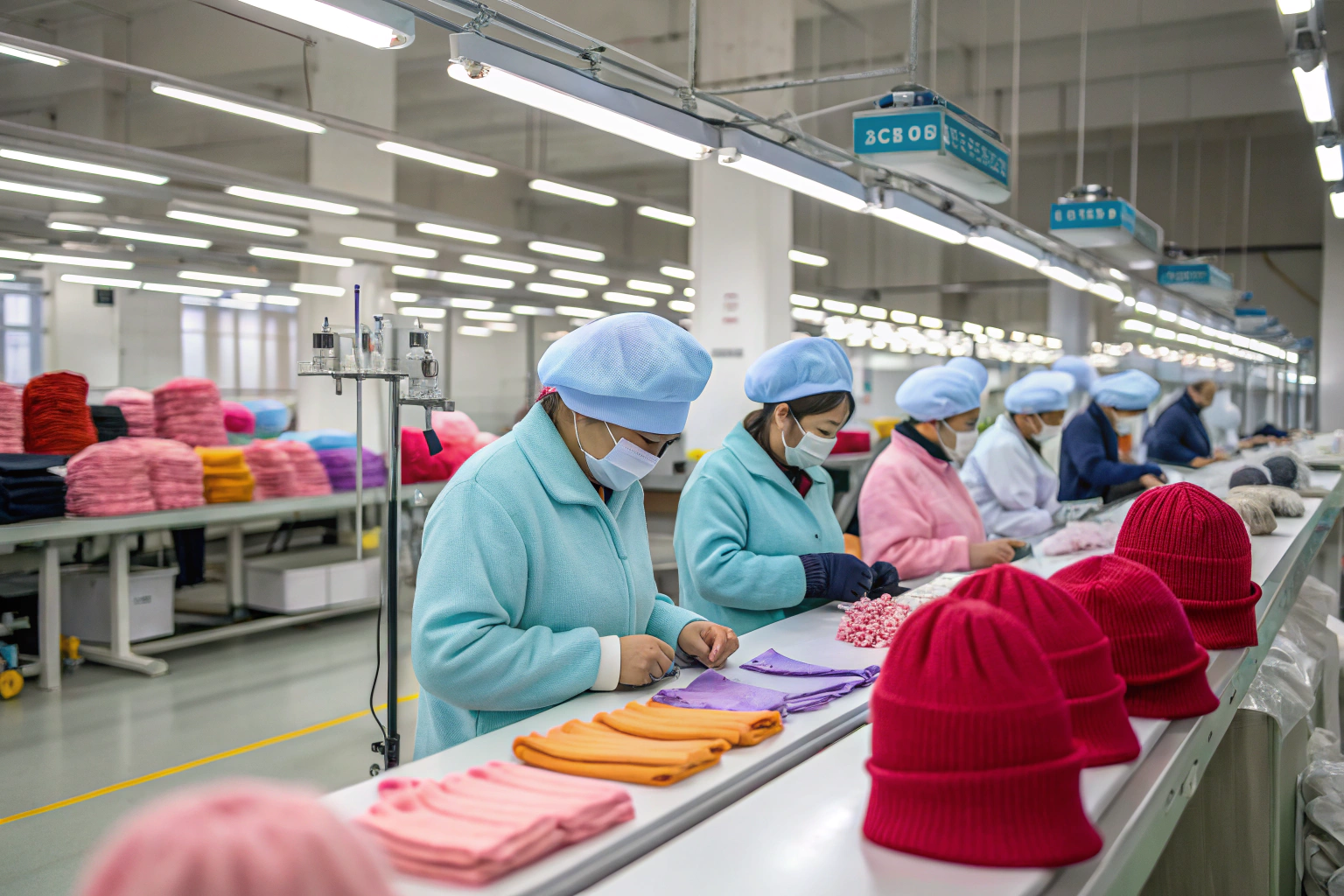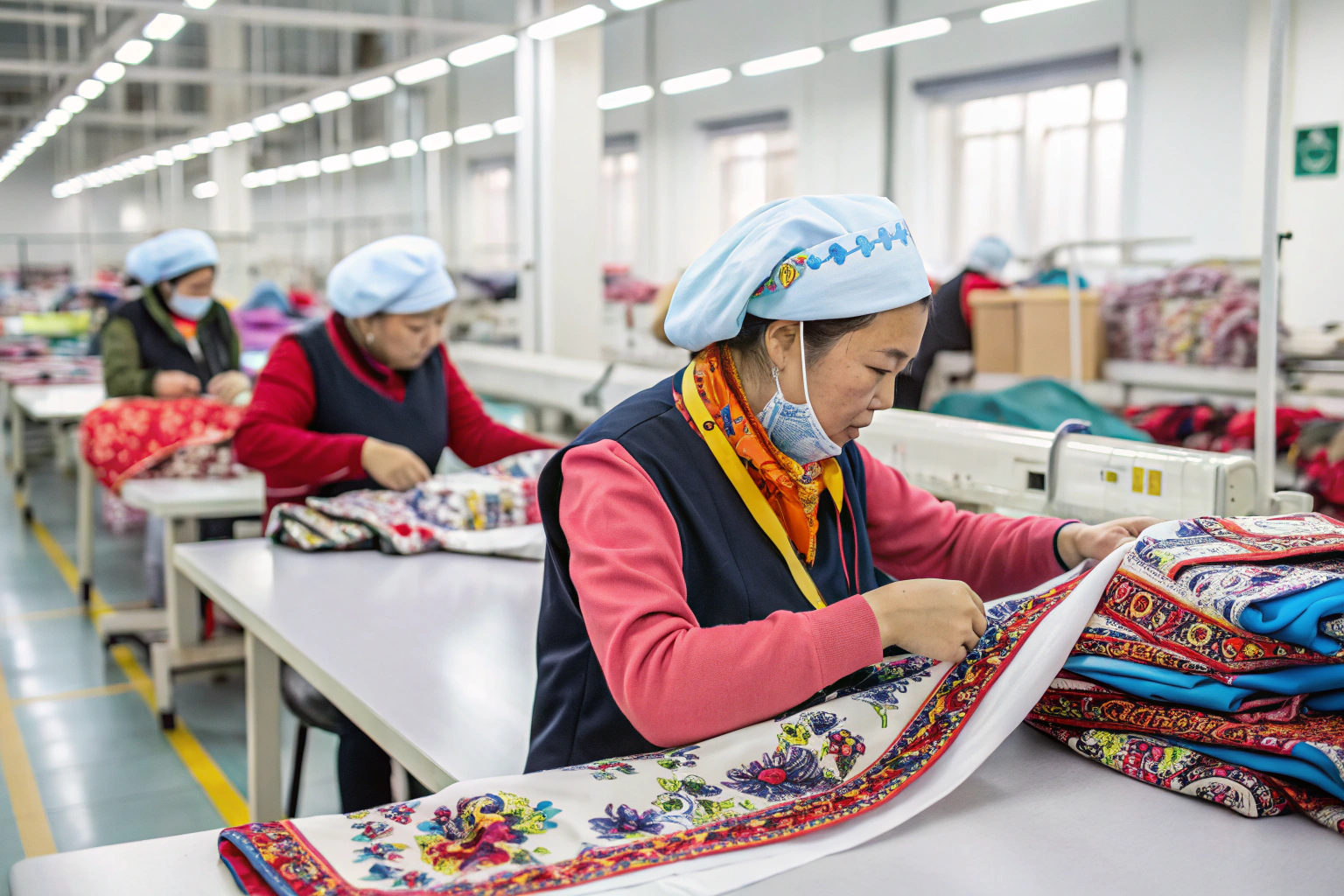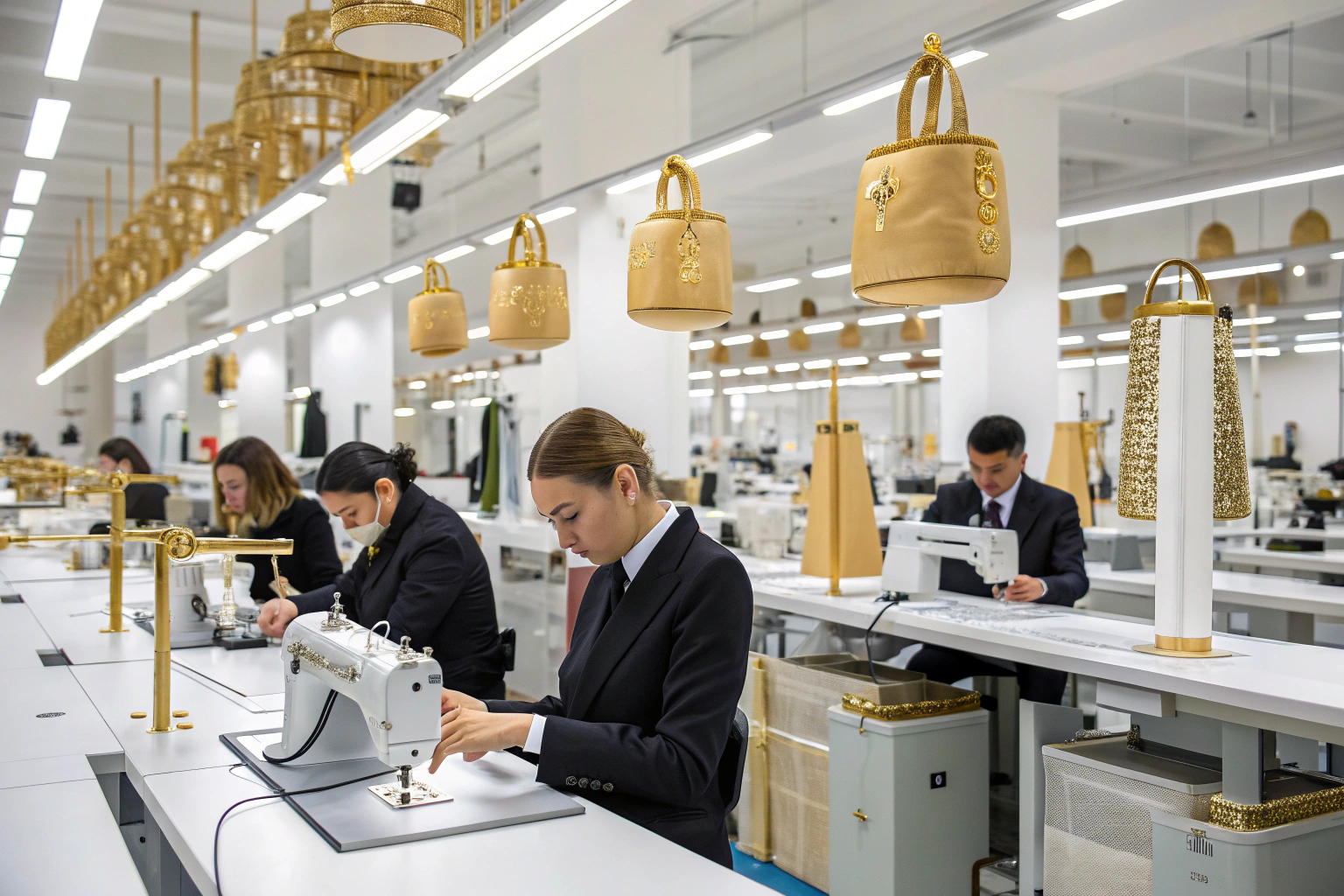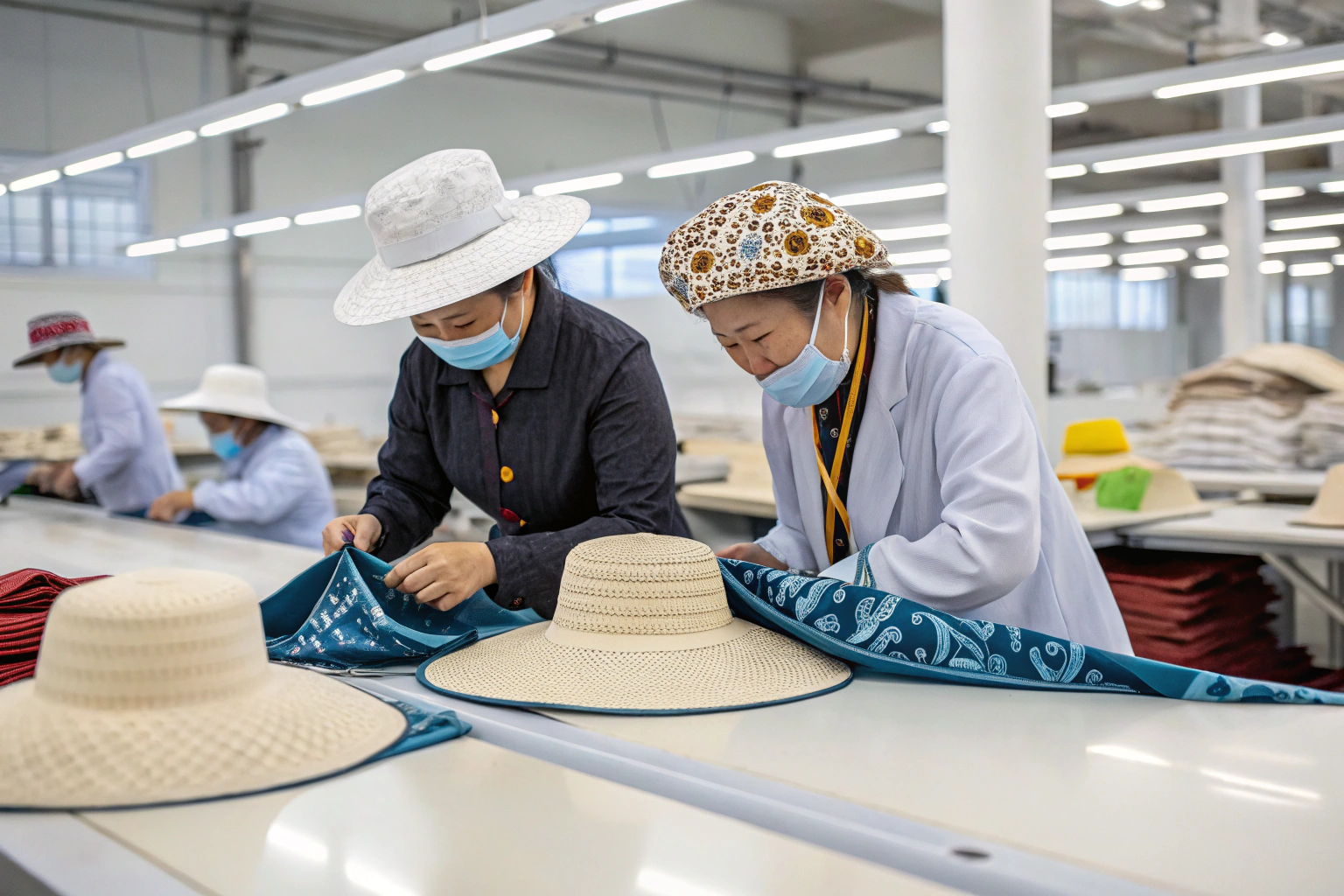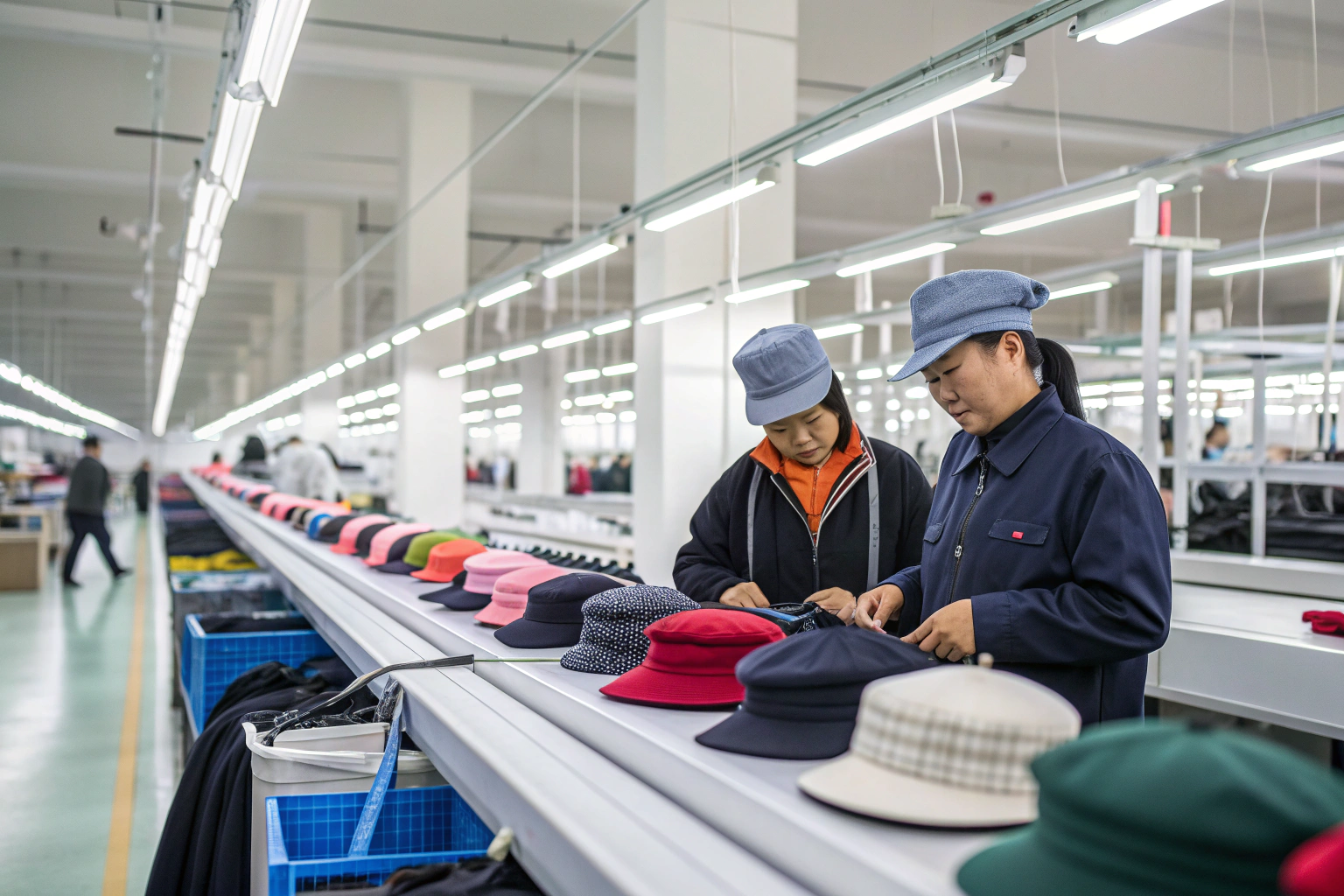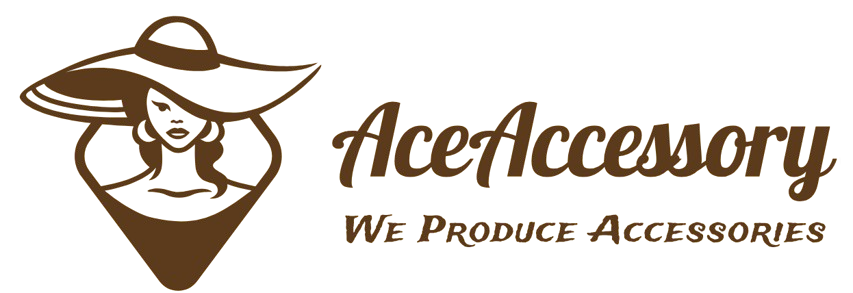Production yield can make or break your margin. A low defect rate means smoother fulfillment, lower returns, and happier customers. But high yield doesn’t happen by chance—it’s the result of strict process control.
AceAccessory guarantees high yield for bulk accessory orders through a streamlined factory workflow, strict raw material inspections, in-line quality checks, experienced operators, and consistent final audits before shipment.
We’ve produced millions of hair bands, belts, scarves, and hats with tight deadlines and low return rates. Let me walk you through how we achieve it.
What is block ace?
Not to be confused with our name, this term can sometimes confuse clients new to factory lingo.
“Block ace” isn’t a standard industry term—it’s often used informally to describe a layout optimization or operator assignment model in lean manufacturing, where specific workers specialize in one ‘block’ or step of production.

Why do people mention “block” in factory contexts?
| Term | Meaning |
|---|---|
| Block sewing | A step in clothing/accessory assembly |
| Operator block | Group of workers assigned per stage |
| Layout block | Physical section of a workshop |
| Block QC | Quality check at each block of the line |
At AceAccessory, we adopt a cell-based production line, meaning workers focus on specific stages. For instance:
- One block specializes in fabric cutting for hats
- One handles hardware attachment for belts
- Another manages packaging and labeling
This block strategy reduces error rates by assigning experts to repeated tasks. It also helps us track production yield per block—so if defects spike, we isolate and fix the root fast.
Our Quality Control Process from Raw Material to Finish.
Quality begins before a single stitch is sewn. Materials matter, and we treat sourcing as step one of yield management.
Our quality control process includes four stages: raw material inspection, in-line checks, post-production audits, and pre-shipment reviews. This ensures only approved goods leave the factory.

QC Breakdown by Stage
| QC Stage | What’s Checked | Frequency |
|---|---|---|
| Raw Material Inspection | Color match, strength, elasticity, flaws | Per batch |
| Pre-production Approval | Sample unit from current batch | Before full run |
| In-line Inspection | Stitching, trimming, attachment quality | Every 20–50 units |
| Final QC | Packaging, labeling, defect check (AQL) | 100% or AQL sampling |
| Pre-shipment Review | Photos and videos for client confirmation | Before container load |
For example, in a recent 20,000-unit hair clip order to Germany, we spotted 50 misaligned bows during in-line QC. Our team stopped the line, corrected the tooling, and avoided a full-batch rework.
We document every stage. Clients receive:
- Inspection photos
- Packing list with defect rates
- Signed QC reports
- Optional third-party audits
This system keeps our average defect rate below 0.8%, even on complex, multi-component accessories.
How In-Line Inspections Help Prevent Defects Early?
Waiting until final inspection is too late. That’s why we inspect early and often.
In-line inspections help prevent defects early by catching problems during key production stages, allowing real-time corrections before they multiply through the full order.

What happens during an in-line inspection?
| Stage | What QC Checks |
|---|---|
| Cutting | Shape, grain alignment, material waste ratio |
| Assembly | Fit, attachment security, thread trimming |
| Branding | Logo alignment, color fastness, embroidery |
| Trimming | Loose threads, glue spill, frayed edges |
We assign a line QC inspector to every 8–10 workers. Their job is to:
- Use visual QC charts for comparison
- Pull samples every 30 minutes
- Halt production if defect trend appears
- Record defect cause and submit internal report
This “stop early, fix fast” model saves time. A factory that waits until final inspection often ends up discarding or reworking hundreds of units—slowing delivery and increasing cost.
Client Impact:
For a US retailer, our in-line QC saved 3,000 pairs of children’s gloves from shipping with uneven thumbs. The team fixed the glove pattern template immediately, preventing a recall.
Why Factory Workflows Matter for High Production Yield?
Even the best QC team can’t fix poor workflow. To ensure high yield, your production line must run like a system—not a series of random steps.
Factory workflows affect yield by minimizing rework, reducing downtime, and ensuring consistent output. At AceAccessory, we’ve designed a step-by-step process map for each accessory category.

Key Workflow Components We Use
| Workflow Feature | Benefit |
|---|---|
| Standard Operating Procedures (SOPs) | Every worker follows a step-by-step guide |
| Color-coded bins and tags | Prevents material confusion |
| Digital production tracking | Helps spot bottlenecks or idle zones |
| Feedback loop with QC | Engineers respond to defects in real-time |
Let’s take an order of bucket hats as an example:
- Fabric received and color-checked
- Die-cutting per size spec
- Panel stitching by zone (each block 1: brim, 2: crown, etc.)
- Logo embroidered before assembly
- Shape setting and pressing
- Packaging with barcode and label
- Final QC per carton
Each operator has a daily target and defect threshold. If exceeded, the supervisor investigates and retrains.
This system increases yield because:
- Each block catches their own error
- Tasks are repetitive (fewer mistakes)
- Workflow avoids backtracking or overlapping stages
In our knit cap line, this structure helped us boost daily output by 22% with no increase in defect ratio.
Conclusion
High production yield doesn’t come from luck—it comes from strategy. At AceAccessory, our mix of early inspections, smart workflows, and real-time correction gives clients the consistency and speed they need to succeed.


